 22 February 2017
NASA announces the discovery of first-ever exoplanet system with seven Earth-size planets
22 February 2017
NASA announces the discovery of first-ever exoplanet system with seven Earth-size planets
... allow a person to see the geological features of another. The planets are closer to their host star than Mercury is to our sun, but because the TRAPPIST-1 star is an ultra-cool dwarf, it is still possible that they would...
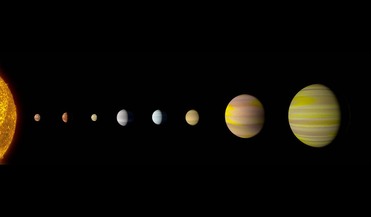 14 December 2017
AI detects eighth planet orbiting distant sun
14 December 2017
AI detects eighth planet orbiting distant sun
.... Because Kepler-90i orbits so close to its host star, its average surface temperature is believed to exceed that of Mercury's – around 427 degrees celsius (~800 degrees fahrenheit). With a surface temperature that is hot enough to melt lead...
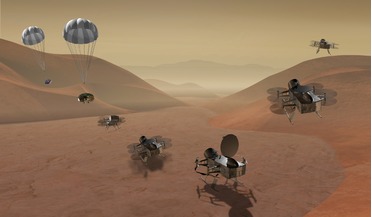 22 December 2017
Where is NASA going next?
22 December 2017
Where is NASA going next?
... apart. If Titan was not gravitationally bound to Saturn, then the moon could be considered a planet as it is larger than Mercury. It is the only object in space other than Earth where clear evidence of stable bodies of surface liquid has...
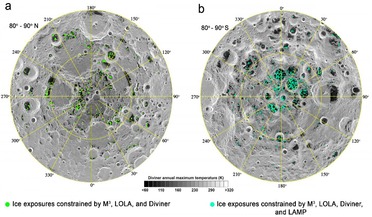 22 August 2018
Definitive evidence of water ice on the Moon's surface
22 August 2018
Definitive evidence of water ice on the Moon's surface
... distribution of ice on the lunar surface is very patchy, which is very different from other planetary bodies such as Mercury and Ceres where the ice is relatively pure and abundant," added Li. “The spectral features of our detected...
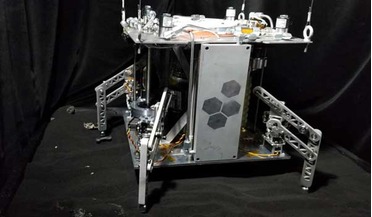 14 January 2019
New steam-powered asteroid hopper that could run 'forever'
14 January 2019
New steam-powered asteroid hopper that could run 'forever'
...“It’s awesome. We could potentially use this technology to hop on the Moon, Ceres, Europa, Titan, Pluto, the poles of Mercury, asteroids — anywhere there is water and sufficiently low gravity,” explained Metzger. Metzger, who worked at NASA’s Kennedy...
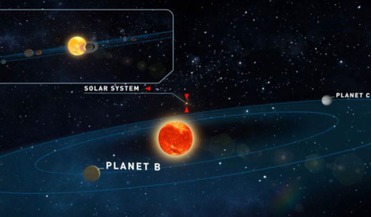 19 June 2019
Two new Earth-like planets found around nearby star
19 June 2019
Two new Earth-like planets found around nearby star
... low-level radiation output, a red dwarf’s habitable zone is much closer to its host star – closer than Mercury is to our own sun. This makes getting life established on any close-in planets quite difficult. Not only...